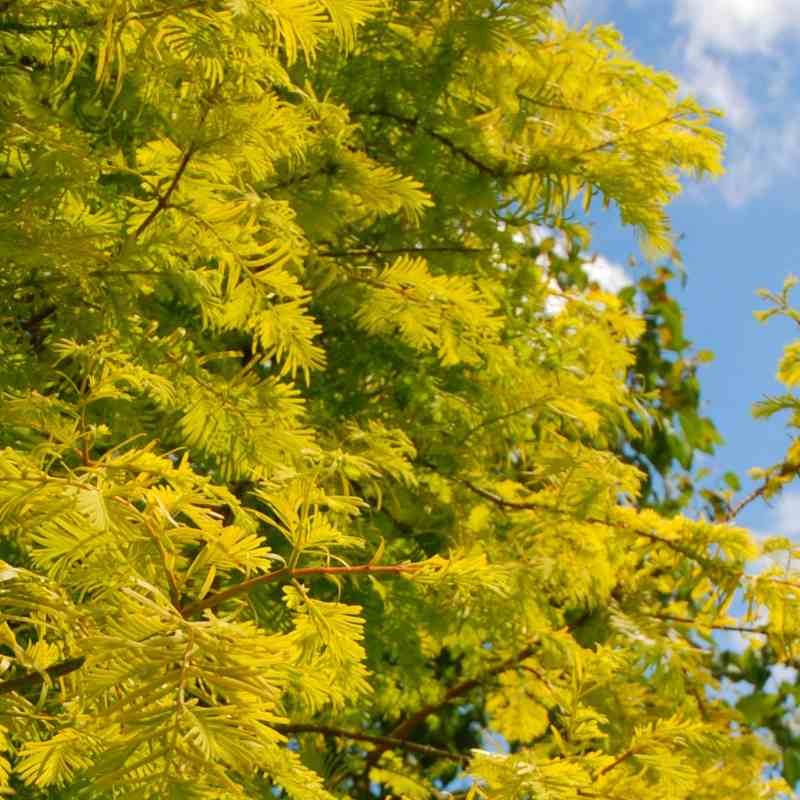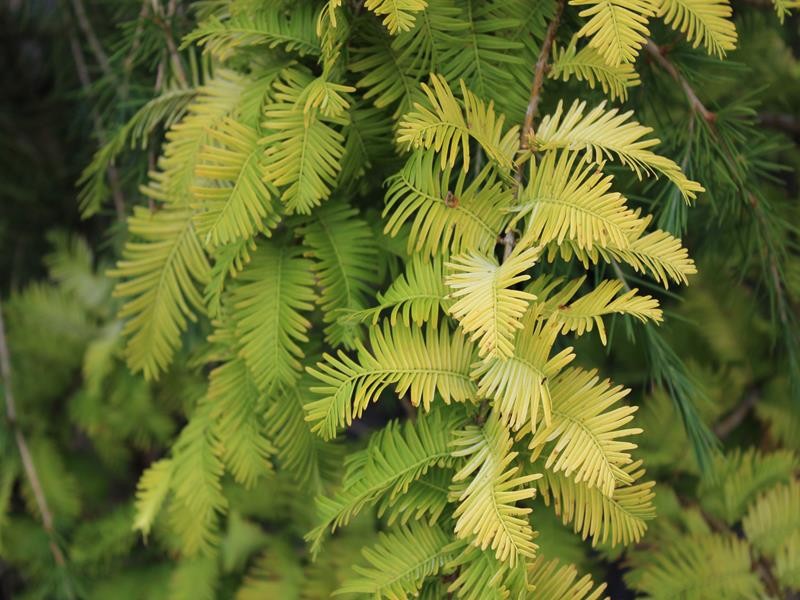

Regular watering is essential, as a moist open position is conductive to a healthy growth pattern.
METASEQUOIA GOLDRUSH FULL
The stocks in the UK are being steadily built up through two primary methods of propagation, either by grafting or from cuttings, both of which have proved successful.Īlthough 'Gold Rush' appears to grow well in full sun, like many gold foliage plants it will probably benefit from partial shade. Metasequoia glyptostroboides 'Gold Rush' is now available from a number of nurseries in Europe and regularly exported to the Far East and the United States. It was previously known as 'Golden Ogi' or 'Golden Mantle' in its native Japan, its name changed in around 1993, when Dutch horticulturist, Peter Zweinburg of Boskoop, The Netherlands obtained it and brought it into Europe for distribution under the new name of 'Gold Rush'. Originally raised in Japan, 'Gold Rush' is a beautiful new deciduous conifer that is easily identifiable by its bright gold feathery foliage. It was first reported by PLANTS at Chelsea Flower Show. Metasequoia glyptostroboides 'Ogon' (Gold Rush) is a striking new addition to the extensive range of conifers supplied by specialist dwarf conifer grower, Lincluden Nursery of Bisley, Surrey, England.

With brilliant yellow to yellow-green needles, it looks like it glows in the sunshine. When showing off its new growth, the Gold Rush Dawn Redwood is the golden child of the Redwood world. It offers lucky homeowners with an established landscaping appearance without having to wait decades.Īnd, of course, it is quite the looker with a pyramidal shape that becomes wider and fuller over the course of decades. The Gold Rush Dawn Redwood towers above other trees, often putting on up to twenty-four inches in one year. With a quick-growing nature and glowing gold foliage, it's easy to understand why. And among Redwoods, the Gold Rush Dawn Redwood (Metasequoia glyptostroboides 'Gold Rush') is often considered the most highly sought-after.

Redwood trees are some of the most prestigious among their botanical peers.


 0 kommentar(er)
0 kommentar(er)
